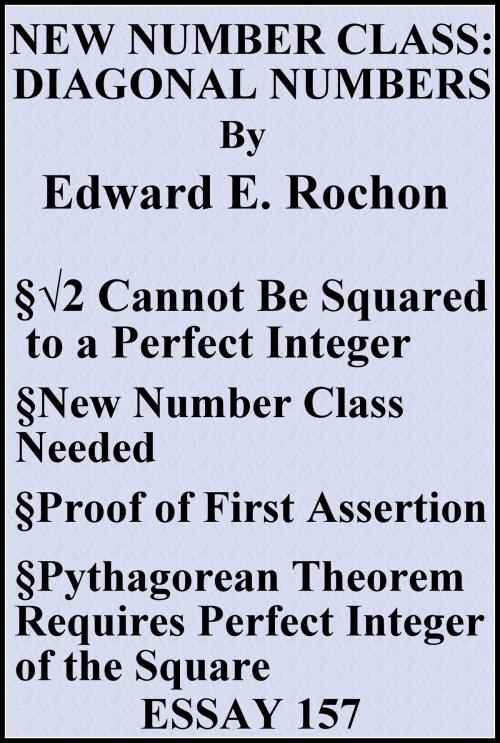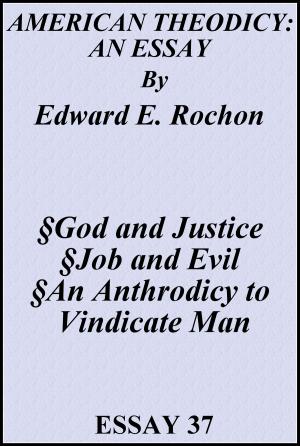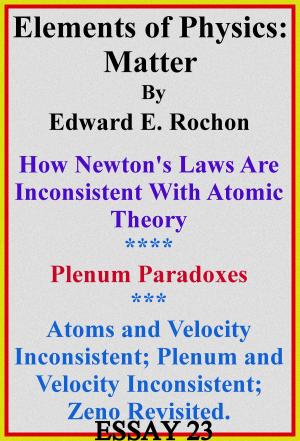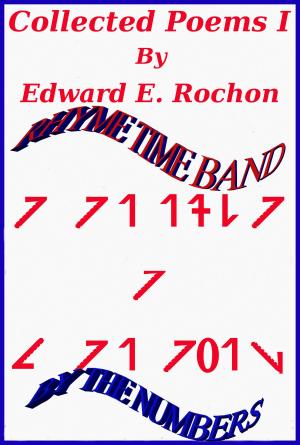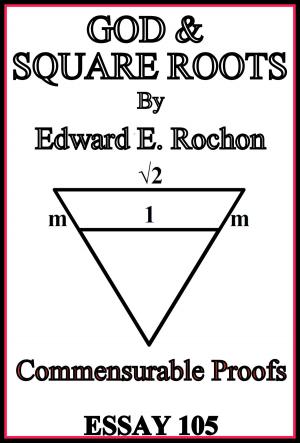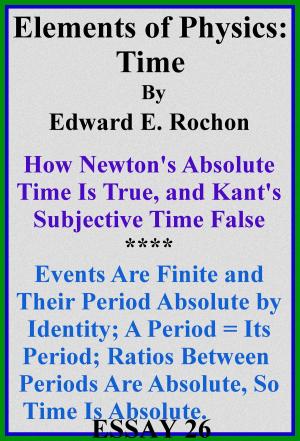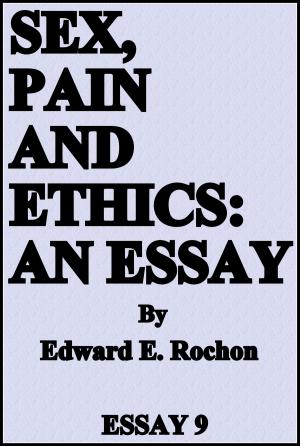New Number Class: Diagonal Numbers
Nonfiction, Science & Nature, Mathematics, Finite Mathematics, Religion & Spirituality, Philosophy| Author: | Edward E. Rochon | ISBN: | 9780463198452 |
| Publisher: | Edward E. Rochon | Publication: | December 6, 2018 |
| Imprint: | Smashwords Edition | Language: | English |
| Author: | Edward E. Rochon |
| ISBN: | 9780463198452 |
| Publisher: | Edward E. Rochon |
| Publication: | December 6, 2018 |
| Imprint: | Smashwords Edition |
| Language: | English |
A preface briefly lays out object of essay. Chapter 1 demonstrates that the last term of root 2 or any root cannot be zeroed out to produce the required integer. [Note: Update (12/7/18), first day after pub. Certain bases will allow zeroing out of root term, providing the proper digit terminates the string. Since Pythagorean Theorem guarantees the integer of 2 for the square root of 2, we can say that the last term in Base 4 must be a 2 as in 2*2 = 10 in that base. Dumb mistake! Diagonal problem still present as to the base problem and why the diagonal works out that way. Leaving the rest of the essay as written with a note within it noting my dumb mistake, but still wondering about the nature of the relationship of diagonal to orthogonal numbers.] For example: 1.414... squared requires a product of 2.000..., all mantissa positions zeroed out to be a perfect integer. We demonstrate this is impossible for the rightmost term (whether finite or not.). Chapter 2 proposes that diagonals are a different class of numbers than the orthogonal numberline numbers. We posit this supposition can resolve the riddle noted above on zeroing out the rightmost term of the root 2 mantissa. We note that some number bases can only approximate certain fractions (1/3 is approximately .3333... in base 10, while it is .1000 in base 3. We see an analogy here between orthogonal and diagonal numbers. I propose some system of dealing with different metrics be created.
A preface briefly lays out object of essay. Chapter 1 demonstrates that the last term of root 2 or any root cannot be zeroed out to produce the required integer. [Note: Update (12/7/18), first day after pub. Certain bases will allow zeroing out of root term, providing the proper digit terminates the string. Since Pythagorean Theorem guarantees the integer of 2 for the square root of 2, we can say that the last term in Base 4 must be a 2 as in 2*2 = 10 in that base. Dumb mistake! Diagonal problem still present as to the base problem and why the diagonal works out that way. Leaving the rest of the essay as written with a note within it noting my dumb mistake, but still wondering about the nature of the relationship of diagonal to orthogonal numbers.] For example: 1.414... squared requires a product of 2.000..., all mantissa positions zeroed out to be a perfect integer. We demonstrate this is impossible for the rightmost term (whether finite or not.). Chapter 2 proposes that diagonals are a different class of numbers than the orthogonal numberline numbers. We posit this supposition can resolve the riddle noted above on zeroing out the rightmost term of the root 2 mantissa. We note that some number bases can only approximate certain fractions (1/3 is approximately .3333... in base 10, while it is .1000 in base 3. We see an analogy here between orthogonal and diagonal numbers. I propose some system of dealing with different metrics be created.
